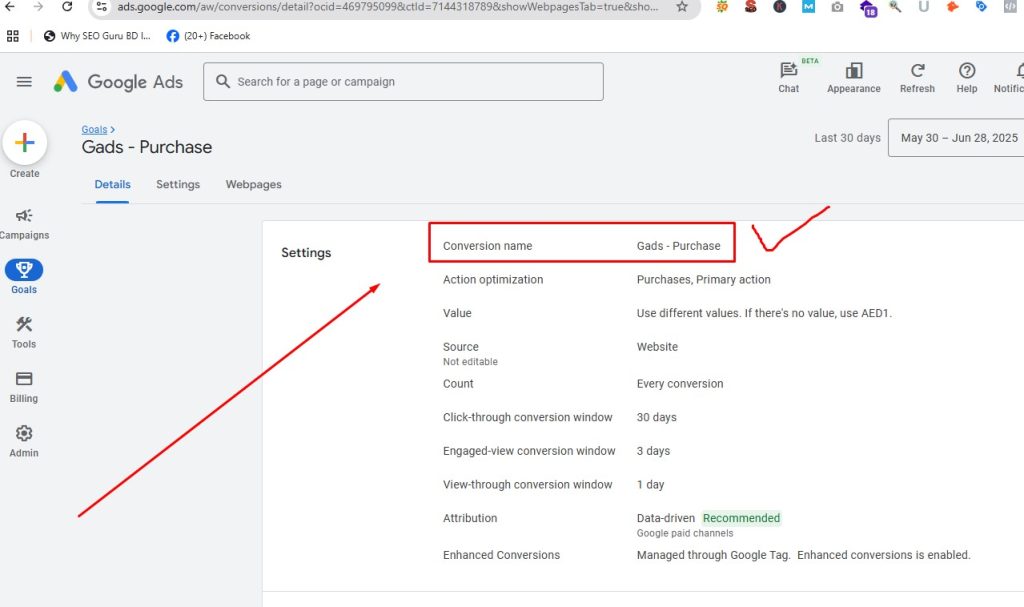As a Google Ads expert and instructor, it’s my goal to help you not only understand the mechanics of advertising on Google but also to develop the strategic thinking needed to deliver real business results. This guide walks you through the end-to-end process of running effective Google Ads campaigns, so you can master the platform and impress clients or employers with confidence.

Understand the Fundamentals
Before diving in, it’s crucial to understand:
- What Google Ads Is: A pay-per-click (PPC) advertising platform where businesses bid to show ads on Google Search, YouTube, Display Network, and more.
- Types of Campaigns:
- Search
- Display
- Shopping
- Video (YouTube)
- Performance Max
- App Campaigns
Each campaign type has its own purpose, audience, and ad format.
Define Clear Campaign Objectives
Start with clear goals:
- Increase website traffic
- Generate leads or sales
- Improve brand awareness
- Promote app installs
Smart Tip: Match your goal with the right campaign type. For example, use Search campaigns for lead generation and Video campaigns for awareness.
Conduct Strategic Keyword & Audience Research
- Use Google Keyword Planner for keyword research.
- Analyze competitors with tools like SEMrush or Ahrefs.
- For Display and YouTube, define custom audiences or use remarketing lists.
Smart Tip: Don’t just chase high-volume keywords—focus on commercial intent terms like “buy,” “near me,” or “quote.”
Campaign Setup
Once research is done:
- Create a Google Ads Account
- Select Your Campaign Type & Goal
- Set Your Budget & Bidding Strategy:
- Manual CPC
- Maximize Conversions
- Target CPA or ROAS (for advanced users)
- Targeting Options:
- Location
- Language
- Devices
- Ad Scheduling
- Create Ad Groups: Group related keywords together to keep your ads relevant.
Write Compelling Ad Copy
Use the AIDA formula (Attention, Interest, Desire, Action):
- Headlines should highlight benefits or solutions.
- Descriptions should include CTAs and value propositions.
- Use Responsive Search Ads to allow Google to test variations.
Smart Tip: Always include your main keyword in the headline and final URL for relevance and Quality Score.
Launch and Monitor Your Ads
After launching:
- Monitor impressions, clicks, conversions, and Quality Score.
- Use Google Analytics and Google Tag Manager for accurate conversion tracking.
- Watch your Search Terms Report to add negative keywords.

Optimize for Performance
This is where good marketers become great:
- A/B test ad copy and landing pages
- Adjust bids based on performance
- Improve ad relevance and landing page experience
- Pause low-performing keywords or expand on winners
Tools to Use:
- Google Optimize for testing
- Looker Studio for performance dashboards
- Heatmaps (like Hotjar) for user behavior
Scale What Works
Once you find what works:
- Increase the budget on profitable campaigns
- Expand keyword sets and audience segments
- Add retargeting and Performance Max campaigns
- Try YouTube Ads for cross-channel visibility
Final Thoughts: What Sets You Apart as a Google Ads Expert
Anyone can run ads. But a true Google Ads expert:
- Understands user intent deeply
- Aligns strategy with business goals
- Analyzes data critically
- Continuously learns and adapts
By following this complete process, you’ll not only create effective campaigns—you’ll be seen as a results-driven strategist that businesses trust.